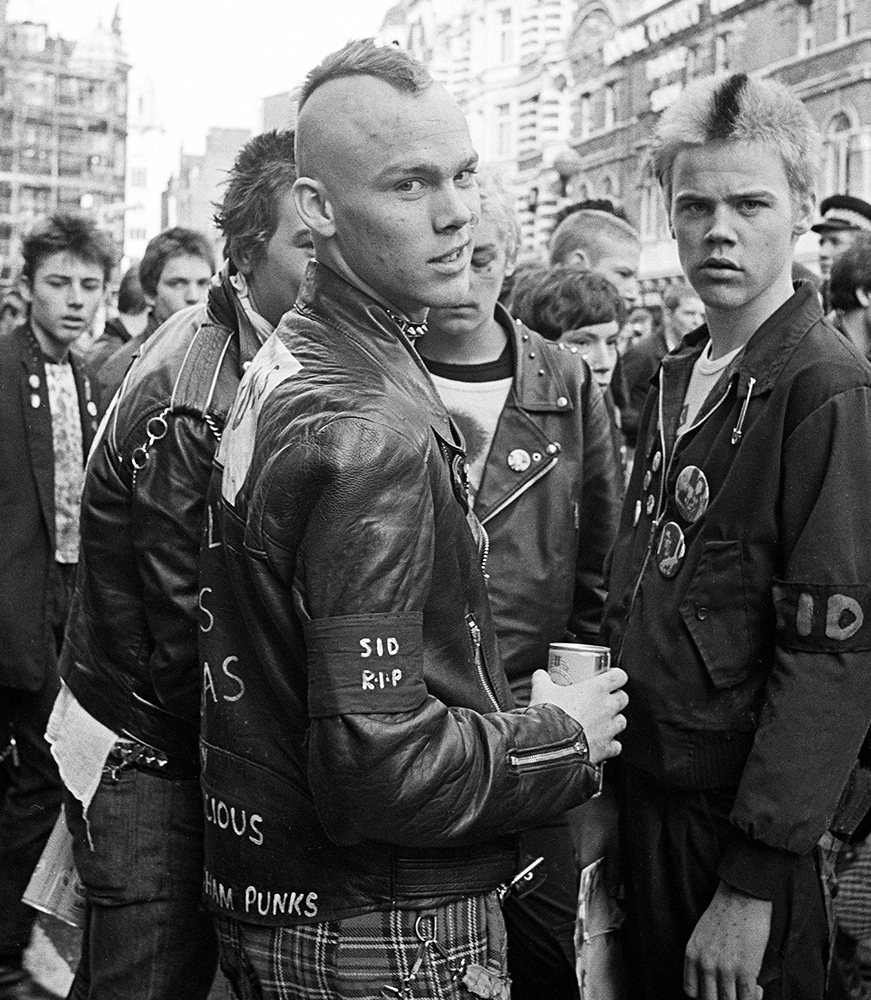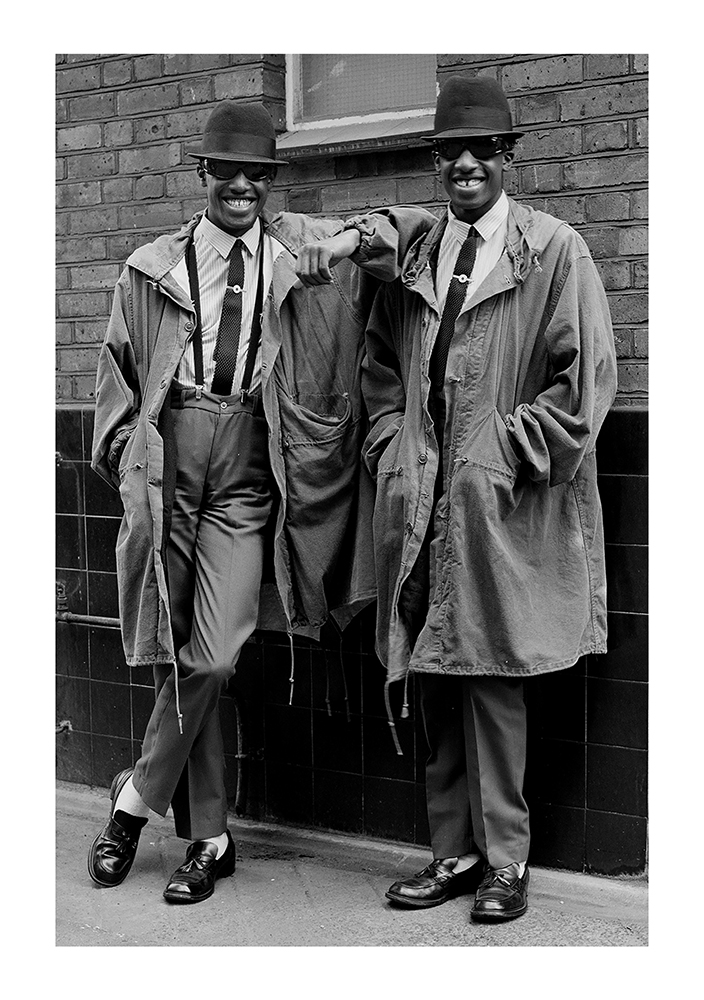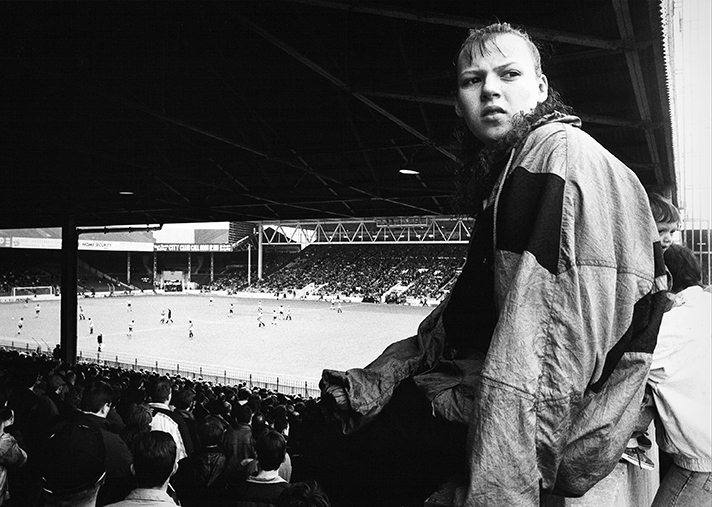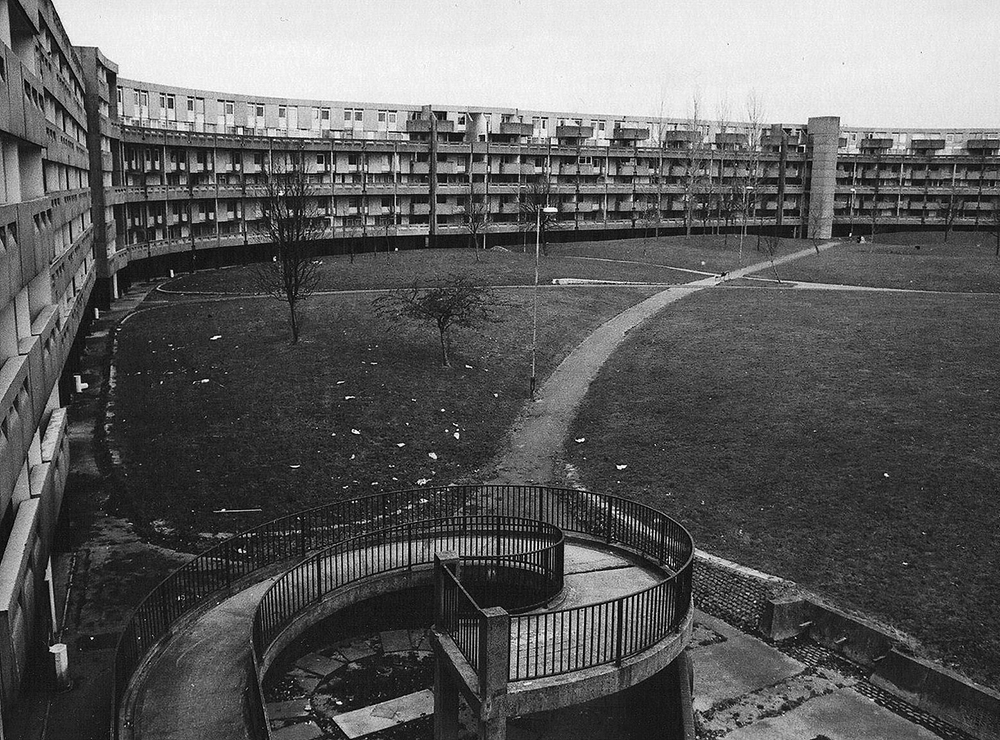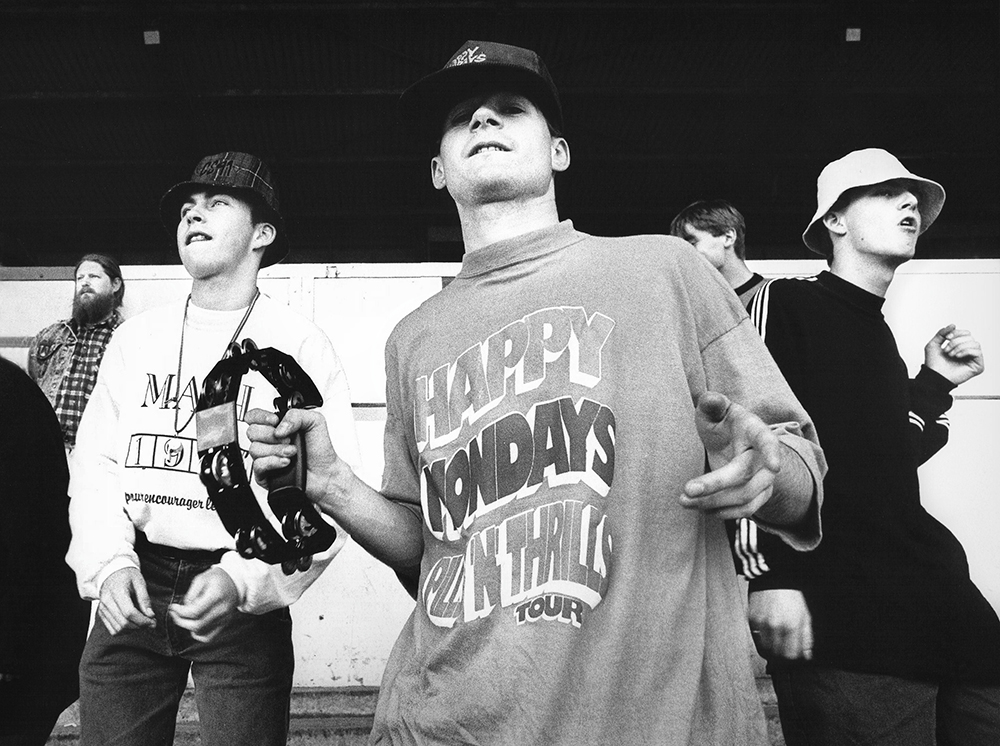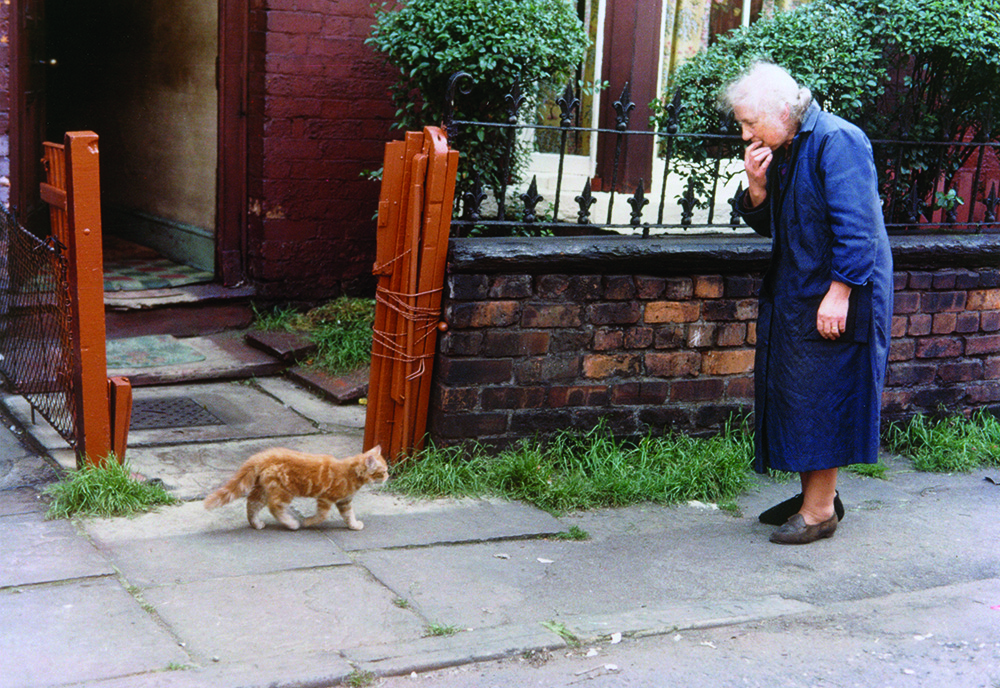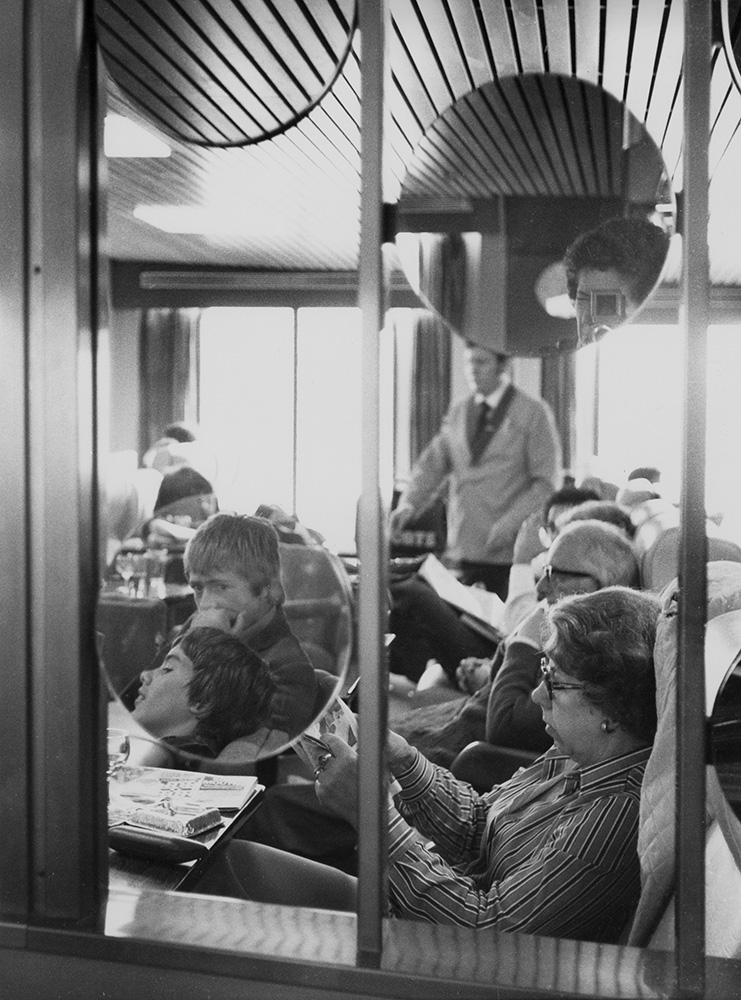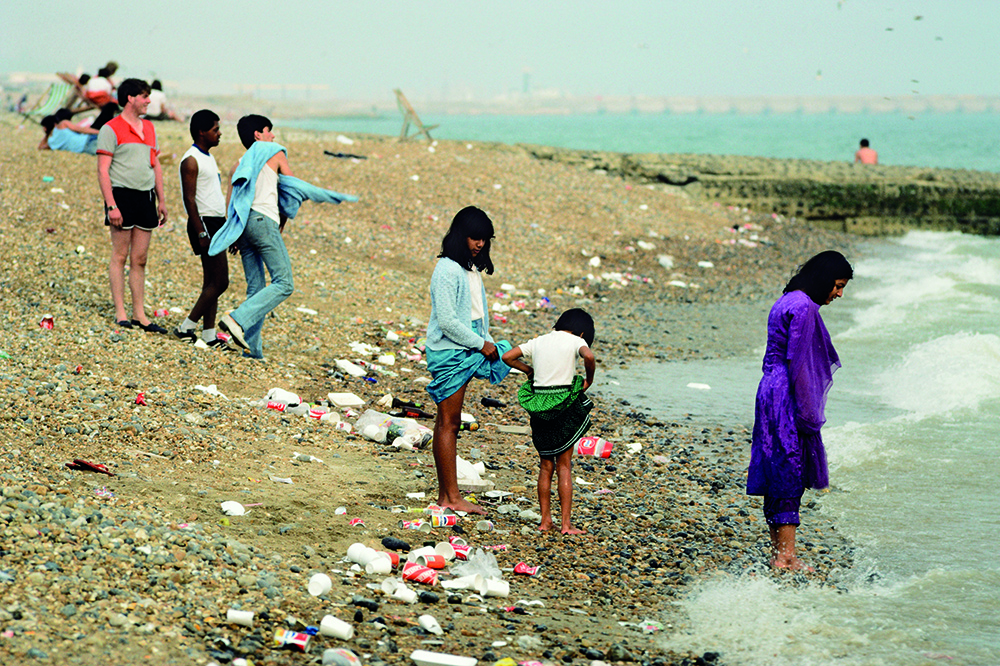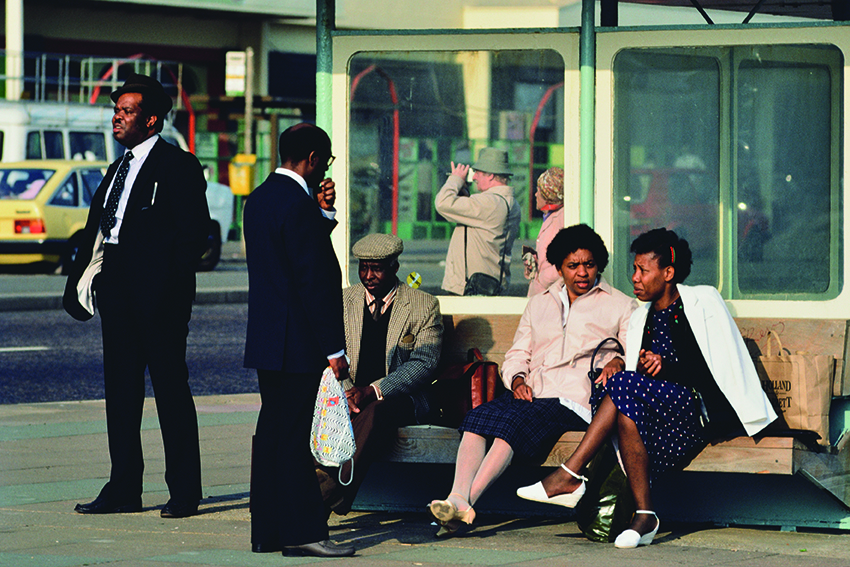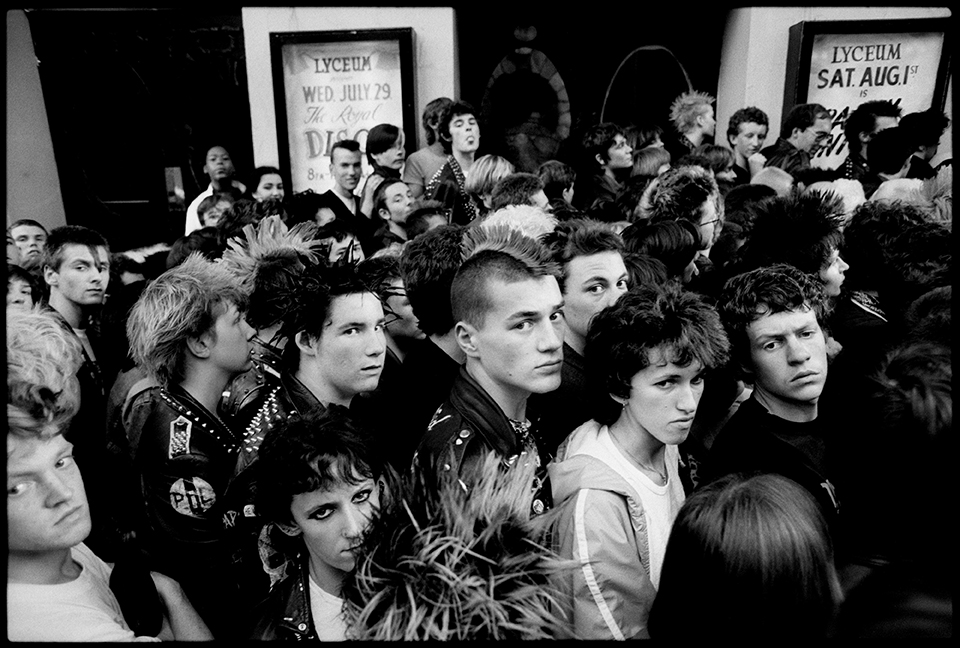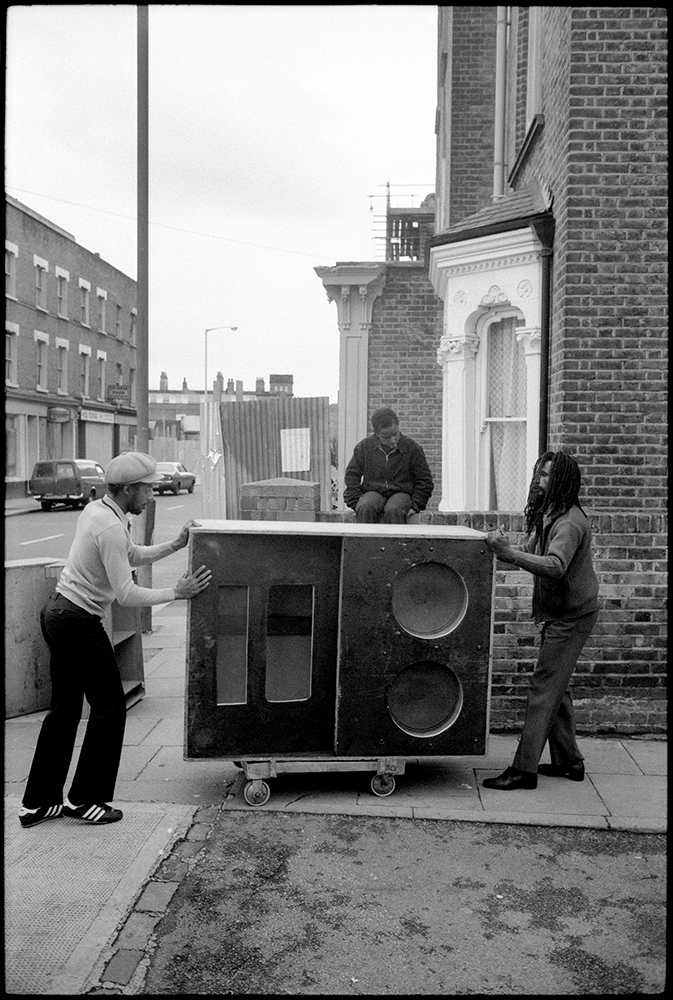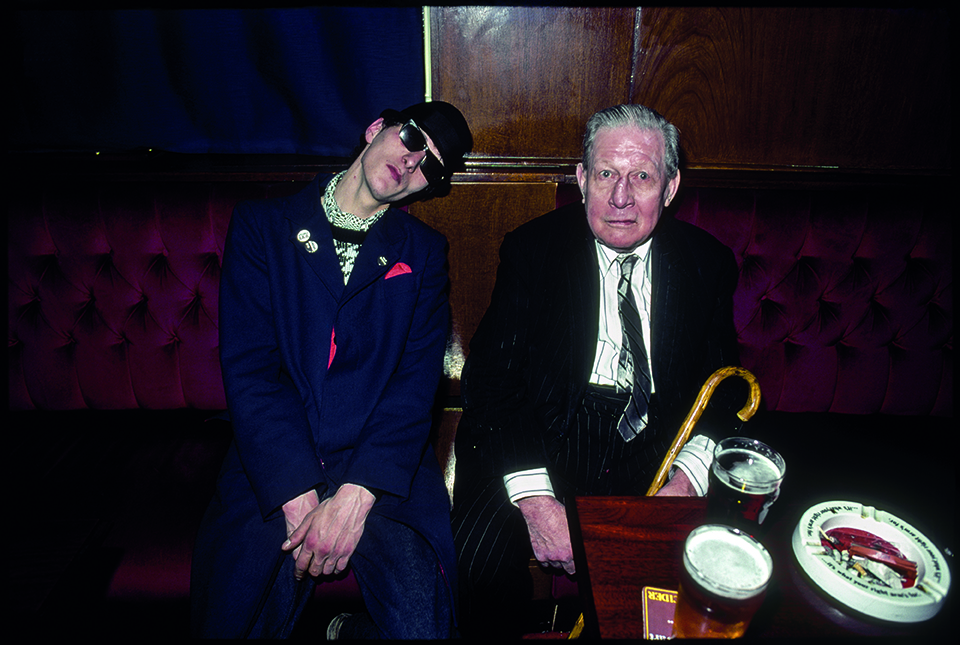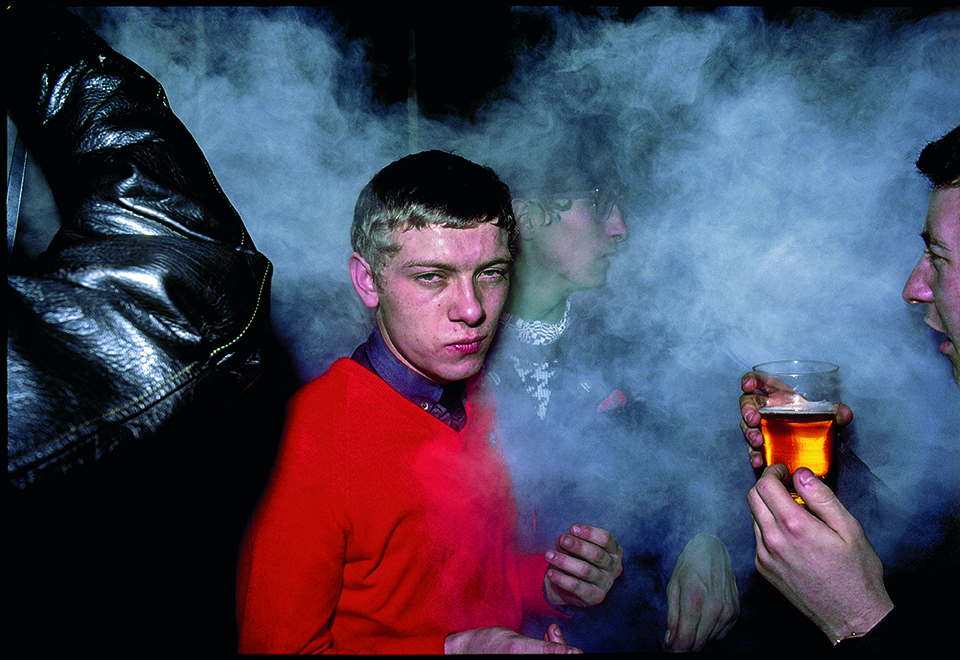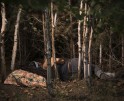Publisher’s Spotlight: Café Royal Books
These past months have been all about books on Lenscratch. In order to understand the contemporary photo book landscape, we are interviewing and celebrating significant photography book publishers, large and small, who are elevating photographs on the page through design and unique presentation. We are so grateful for the time and energies these publishers have extended to share their perspectives, missions, and most importantly, their books.
Café Royal Books is an independent publishing house in Southport, United Kingdom, founded in 2005 by Craig Atkinson. Café Royal releases weekly publications, focusing on post-war documentary photography linked to Britain and Ireland. This includes the work of photographers from all backgrounds, the widely known, the unseen and the underrepresented. Much of the work, regardless of the maker, is previously unpublished. Each book focuses on a single body of work, and each book is part of the larger, extensive series. As a series they provide a valuable resource into cultural and social shifts in Britain and Ireland. So far there are over 500 books in the series. Subjects are wide and varied and include folk customs, protest, mining and industry, general documentation of a place or city, architectural change, music culture, politics, and religion. While focusing on the United Kingdom, Café Royal also publishes work with international themes of a documentary nature.
Another element that makes Café Royal somewhat unique in the photo publishing industry is that each book normally comprises 36 pages in black and white with some exceptions for color images and printed with fairly consistent layouts. Typically, one book is published each week with short production runs of 150 issues that are sold direct and through bookshops worldwide. Every effort is made, to make the publications affordable, accessible, and free from fuss and decoration — the publications are about the images and the larger series.
Café Royal’s publisher and founder, Craig Atkinson, was born in Liverpool in 1977. He has a Masters in Fine Art, Painting and Printmaking. He began publishing in 2005, to disseminate art without relying on the gallery system. He has published over 950 titles since, which are held in many international museum, library and university collections. He also works as a senior lecturer and researcher at a university in the Northwest of England. He lives with his wife, two sons, and dog, in Southport.
Artist Michael Honegger is in conversation with Publisher/Photographer Craig Atkinson.
Follow Café Royal Books Editions on Instagram: @caferoyalbooks
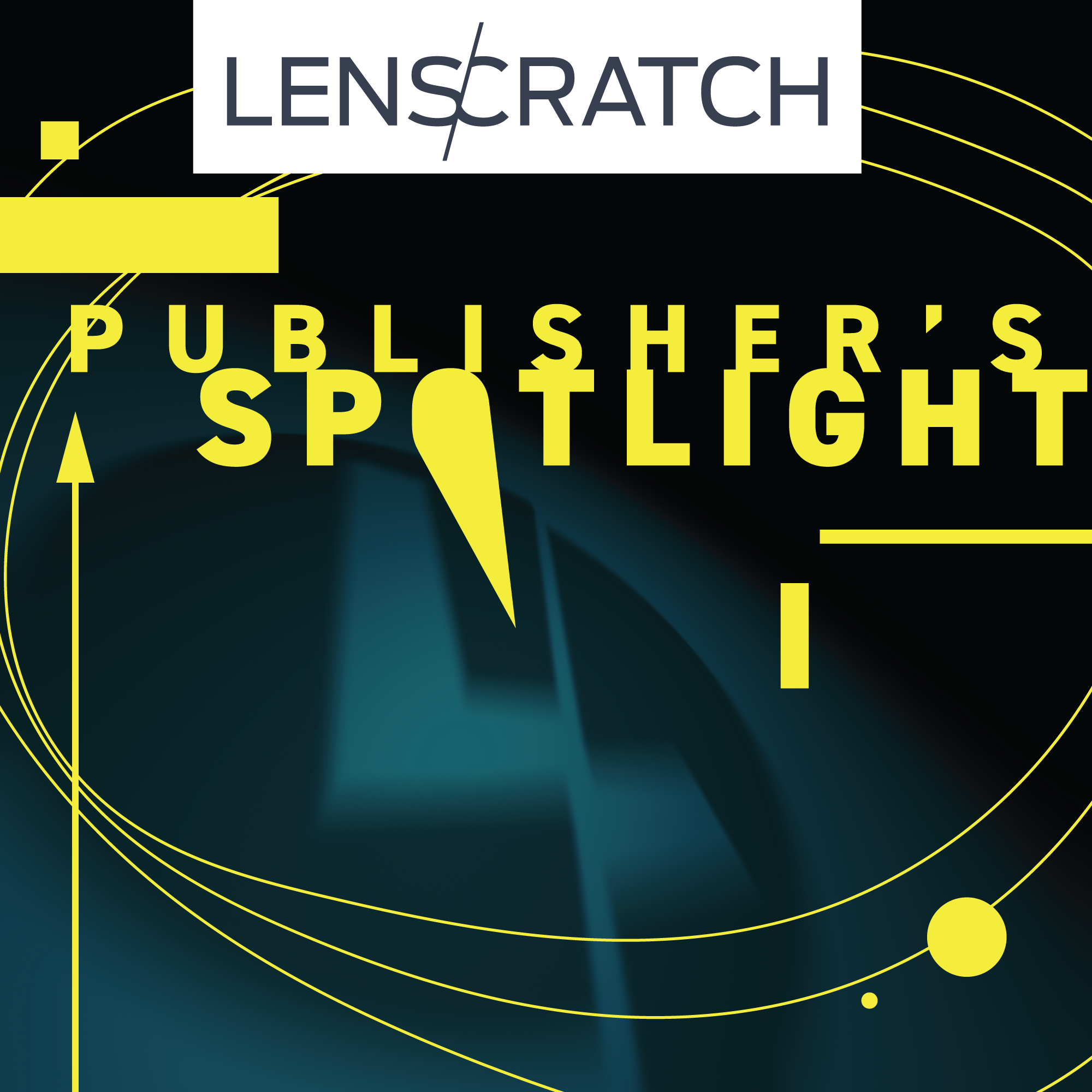 What is your mission as a publisher?
What is your mission as a publisher?
In 2005, when I started to publish my own work, my aim was to disseminate art, in multiple, without relying on the gallery system. This is still true, to an extent but what I do now is perhaps more focused. I publish documentary photography — post-war, with links to Britain and Ireland. It’s a genre of photography that has been somewhat neglected, so my aim is to un-neglect it! I try to gather, collect, preserve, and make it accessible.
What was the first book you published and what did you learn from that experience?
The very first was a zine called Happy Birthday. It was a test really, to see how things worked. I’m always interested in subverting the normal, so it was a game of doing that as much as anything. The work was my drawings from the time, compiled into a photocopied zine, 100 made and sent to people globally. It was called Happy Birthday because at the time I was interested in metadata and how that can affect people’s viewing online. So, for a while, if someone in 2005 searched ‘Happy Birthday’, on Google, the zine would be high in the results. A perfect gift!
What is the focus of your selections?
Documentary photography — post-war, with links to Britain and Ireland. The work I publish is made by photographers from the celebrity to the unknown. It’s about the work, and it’s about getting the work seen, and ‘locked’ into the timeline of photography, where it should have already been.
What are the difficulties that you encounter as a publisher?
Café Royal Books is family run. The main difficulties I’ve faced recently are caused by Brexit and Covid. Paper supply, cardboard shortage, shipping and VAT costs to the EU…Otherwise it’s really enjoyable because it gives me something daily to learn.
How can an artist get their work in front of you? Any advice for photographers?
I accept submissions, a brief email and a weblink is best, or WeTransfer or drobox… Advice in terms of submissions…Please, please look at what I publish before submitting. Please don’t send a batch email to every publisher on the planet — be selective and specific. And please don’t remind me daily to look at your work…I always look and consider every submission, and mostly I will reply.
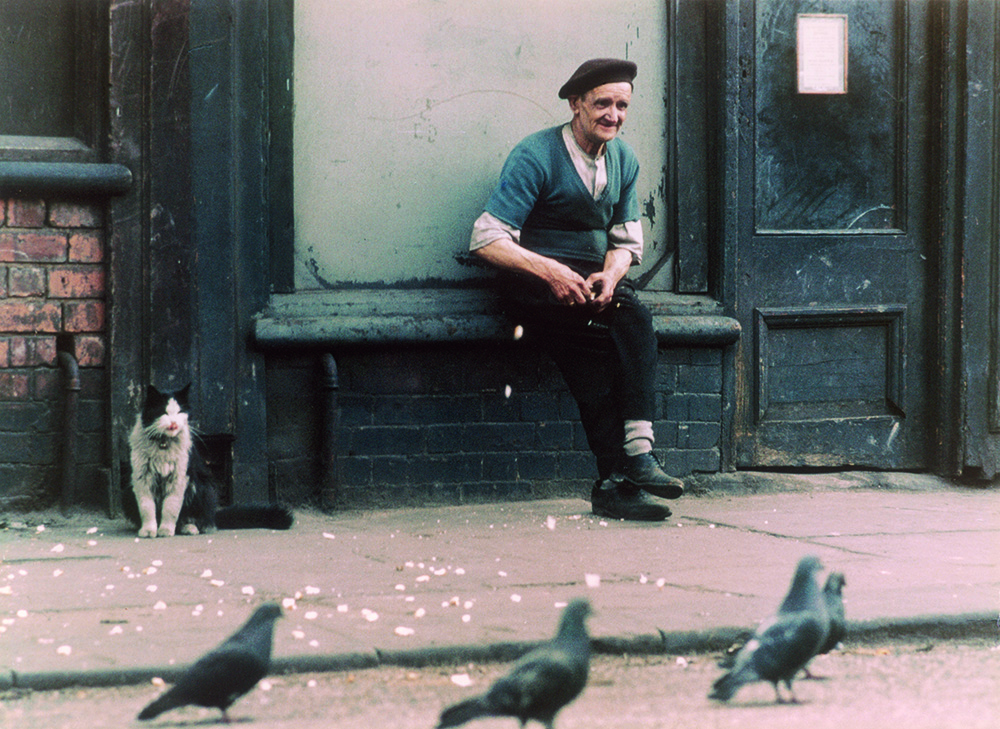
An elderly man feeds the pigeons on the street in Hulme, Manchester,1965, Nan Levy for the estate of Shirley Baker©
How do the economics work become the publisher and artist? Does the artist normally contribute financially to the process? If so, to what extent?
No, the photographer never contributes financially. I have made perhaps two projects, which were a little more like commissions, where the photographer’s archive has contributed, but they were a bit away from the norm. The photographers contribute their images — without those there would be no books. When I began, I saved £1000. I thought if it goes wrong, I lose a lot of money but at least it’s capped. If it pays for itself, then I’ll continue. That was 17 years ago.
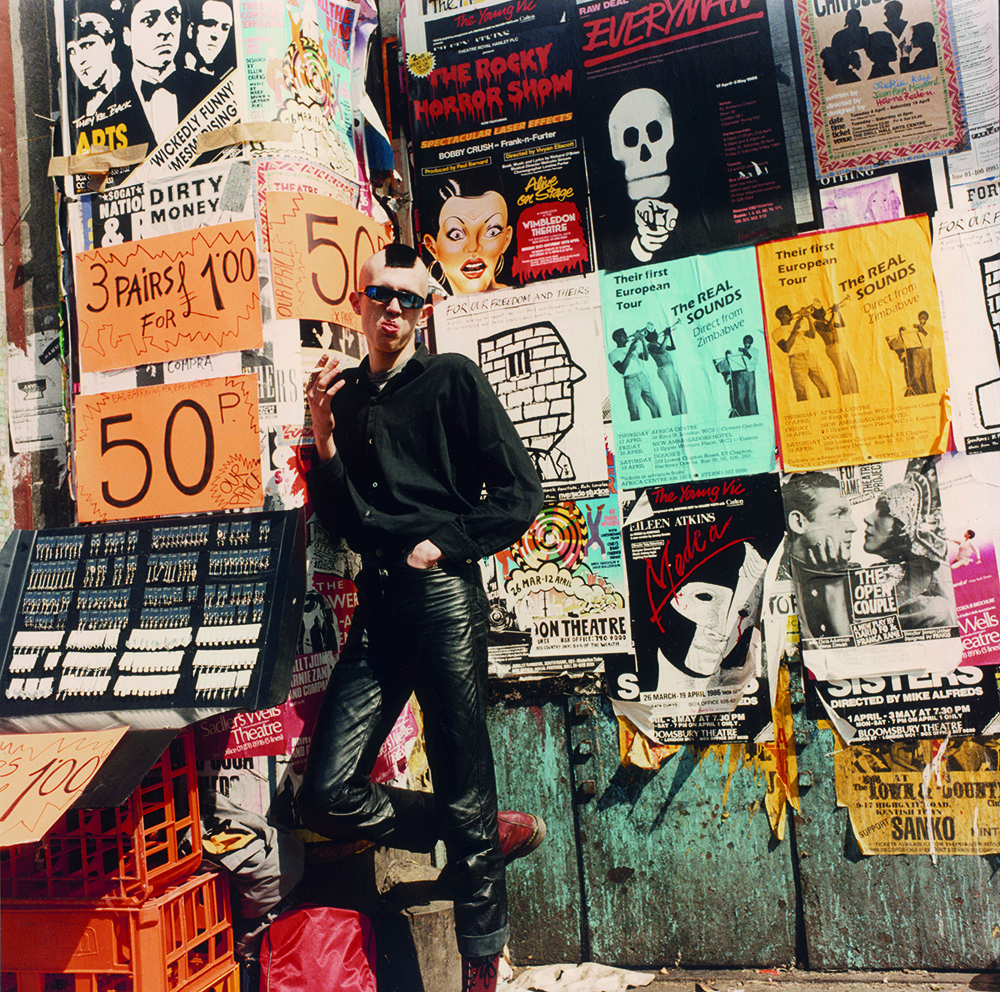
A goth/punk street jewellery seller in Camden, London. He is selling ‘Bad Earrings for Bad People’ for 50p per pair or three pairs for 1 against a backdrop of theatre and concert bills, 1986, Nan Levy for the estate of Shirley Baker
Is the book design process collaborative?
Yes. Each is different. Some photographers have a very fixed idea of sequence and edit. Once I was sent over 1500 images to select from, for a 36 page book — each varies wildly but each is a conversation and a two way process.
A stylish young lady in punk attire of black satin dress with spiked shoulder pads, wild white wig, heavy make-up and gold and silver bangles, stands on a Camden street as shoppers hunt for bargains in the market behind, 1986, Nan Levy for the estate of Shirley Baker©
What have you published that has been particularly meaningful?
The most meaningful thing to me is the series as a whole. Meaningful in that it does or changes something. It presents a whole load of work, most of which has never been seen or published before, and it’s all ‘of a kind’, so it can’t help but change something. It becomes a part of photographic history and helps to fill a gap that has existed.
How many titles do you normally publish in a year and what new editions are on the horizon?
I publish one new title every week. Then boxsets, reprints, special editions…Maybe 80/ year. I have new titles planned to the end of 2023 — much excitement!
What specific support do you give artists? Do you have a distribution network and do you attend book fairs?
I publish, distribute, get the books into museum, gallery and university collections and libraries. Photographers have been given shows, representation, print sales and more on the back of the books. It’s impossible to quantify really, but I suppose the main thing goes back to getting the work seen more widely.
Contact and Follow Café Royal Books at
Twitter @caferoyalbooks
Facebook crbooks
Instagram @caferoyalbooks
Posts on Lenscratch may not be reproduced without the permission of the Lenscratch staff and the photographer.
Recommended
-
Earth Week: Hugh Kretschmer: Plastic “Waves”April 24th, 2024
-
Earth Week: Richard Lloyd Lewis: Abiogenesis, My Home, Our HomeApril 23rd, 2024
-
Earth Month Photographers on Photographers: Jason Lindsey in Conversation with Areca RoeApril 21st, 2024
-
Earth Month Photographers on Photographers: J Wren Supak in Conversation with Ryan ParkerApril 20th, 2024
-
Earth Month Photographers on Photographers: Josh Hobson in Conversation with Kes EfstathiouApril 19th, 2024


